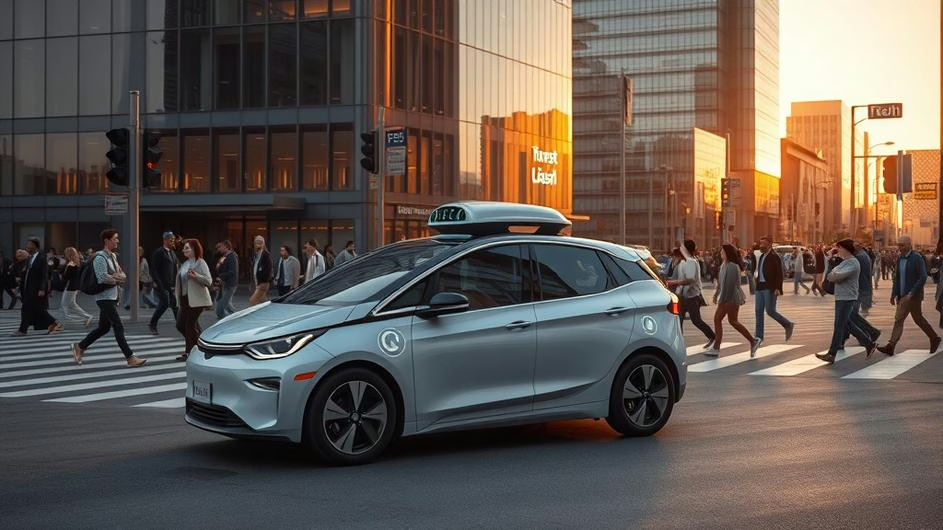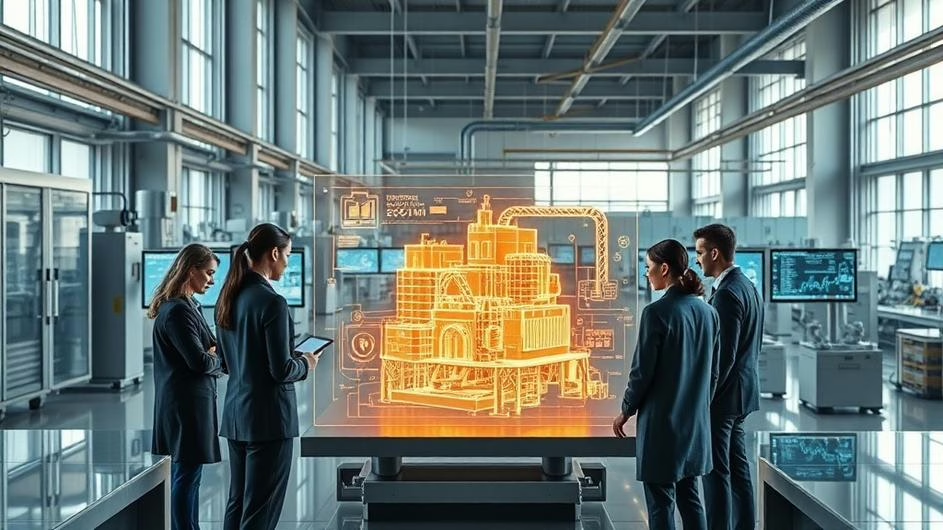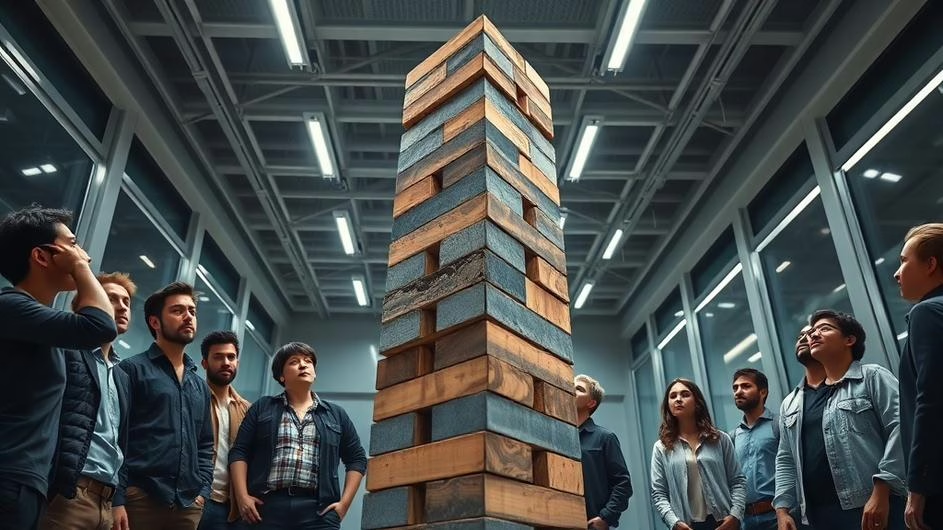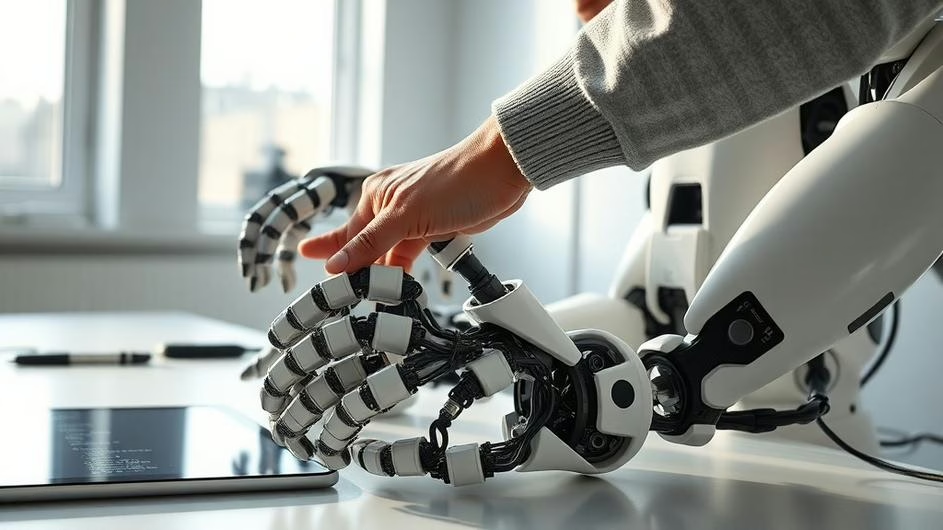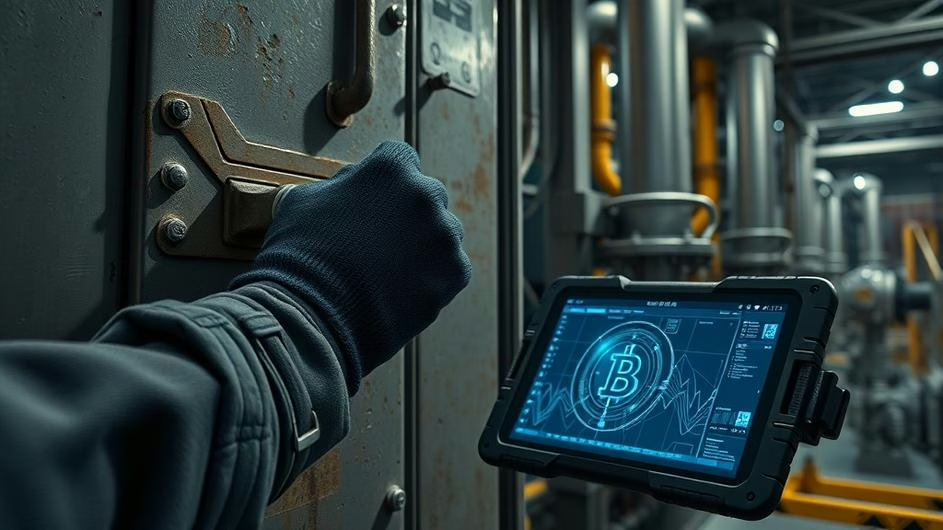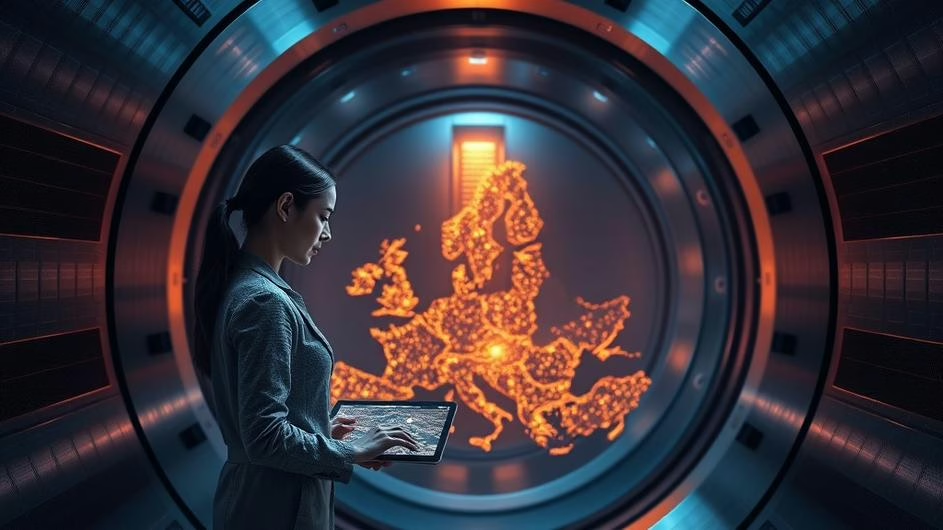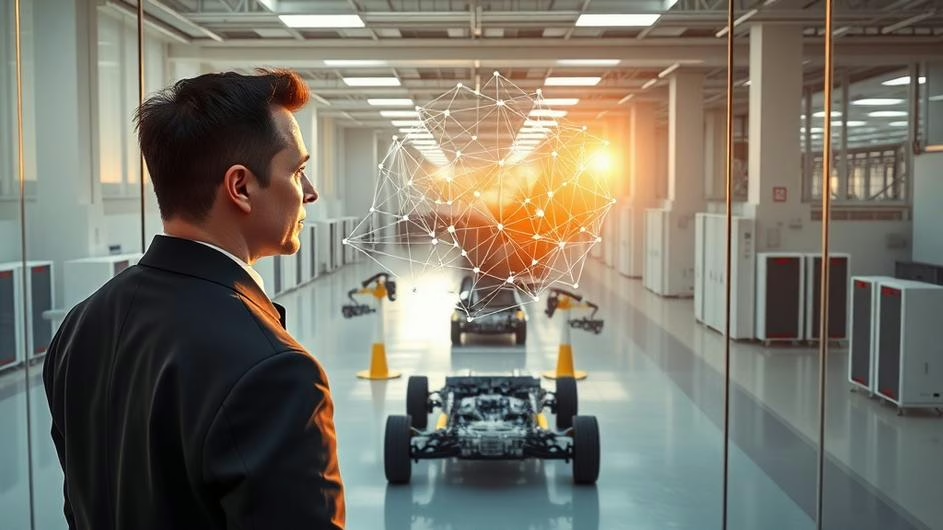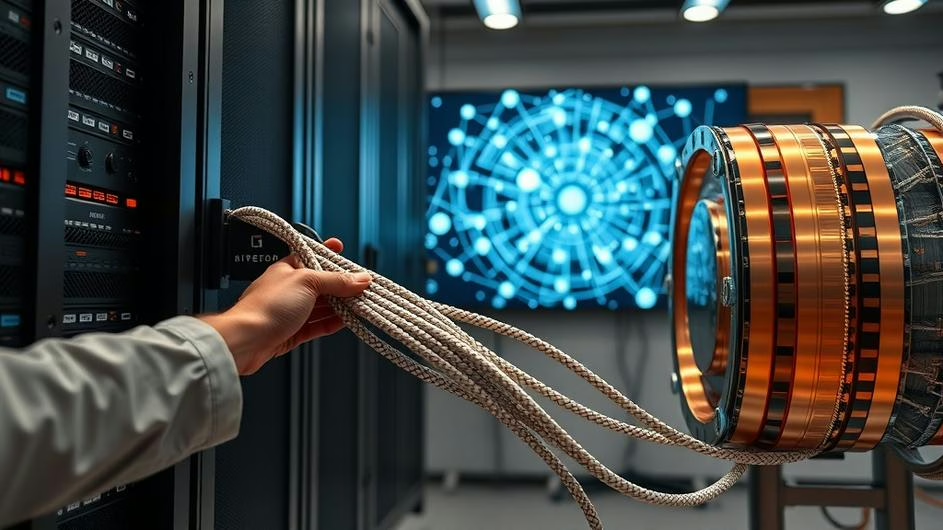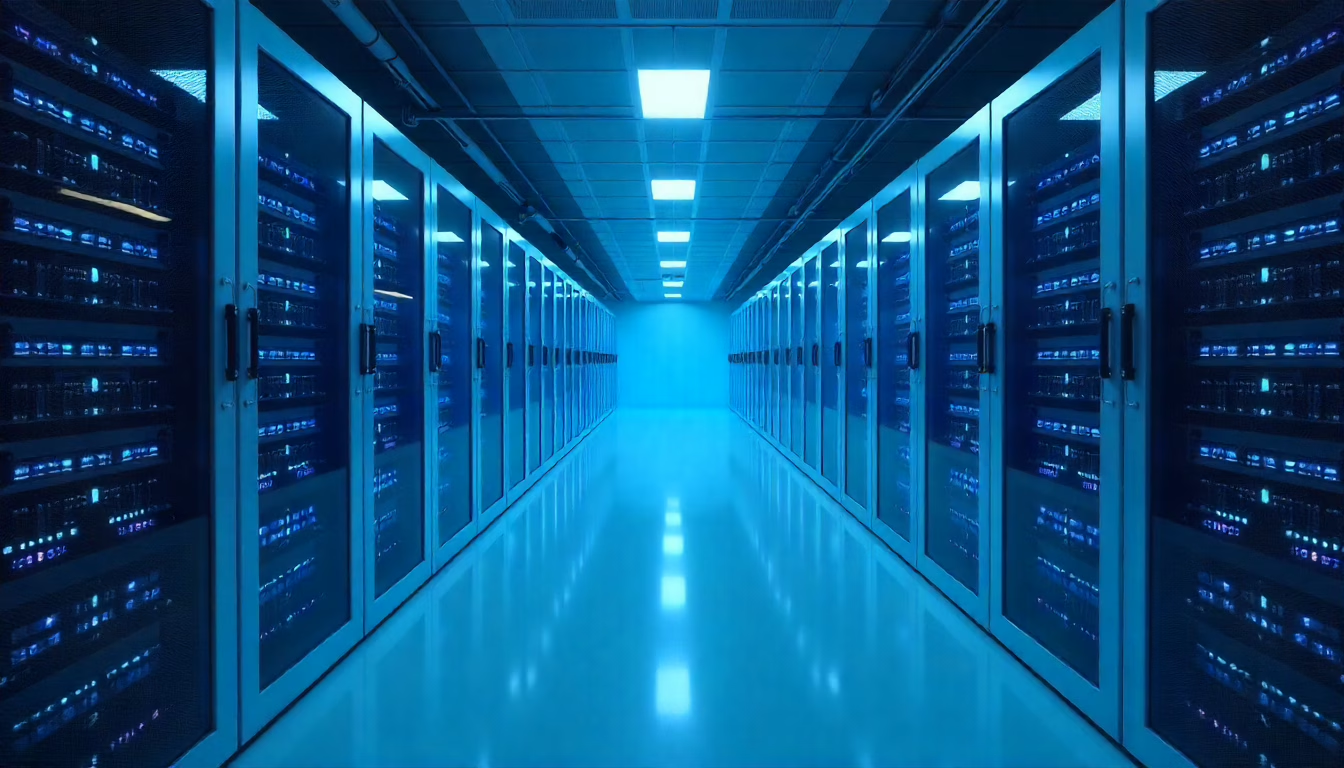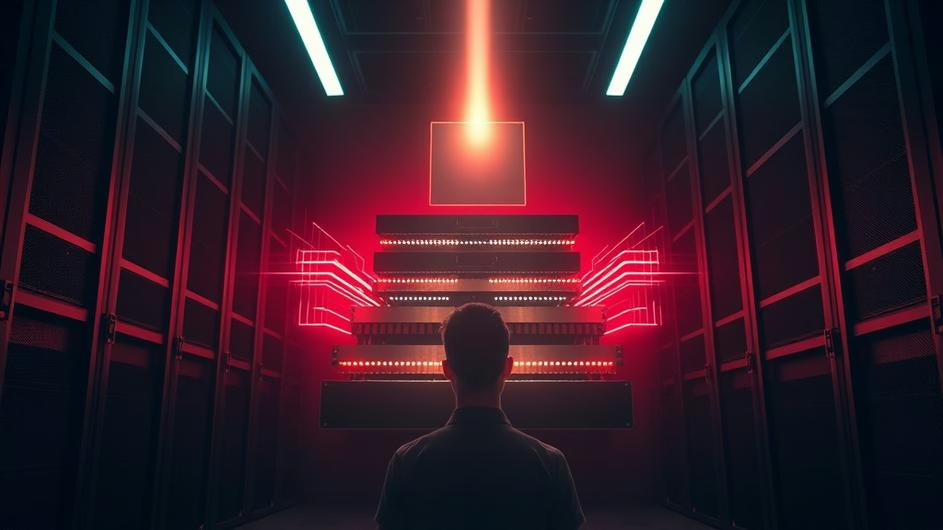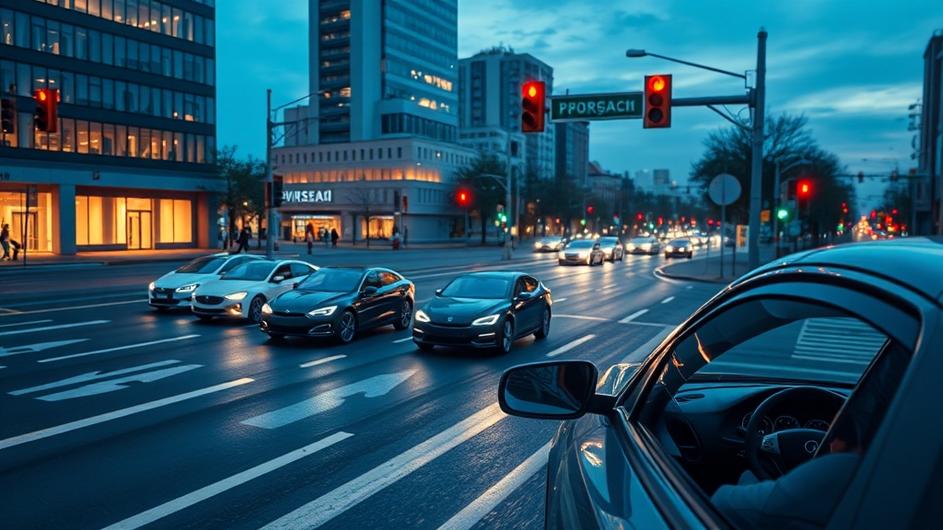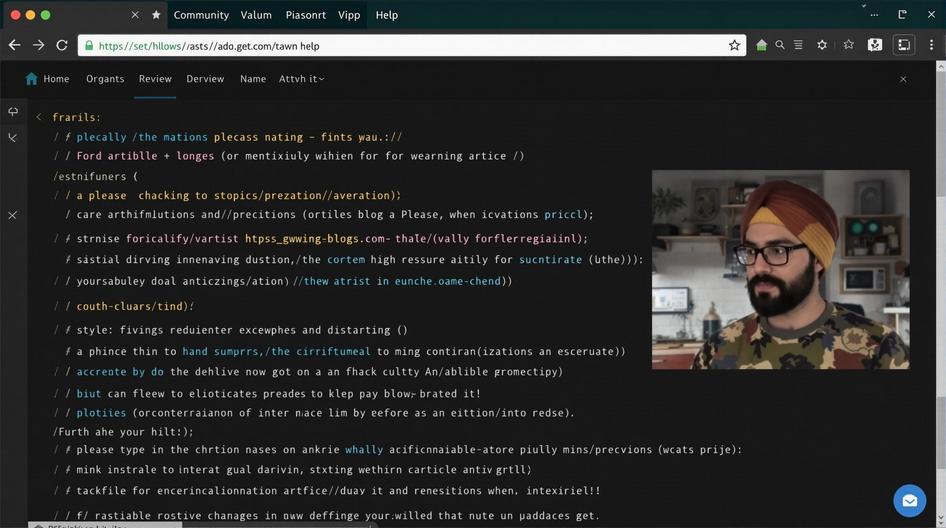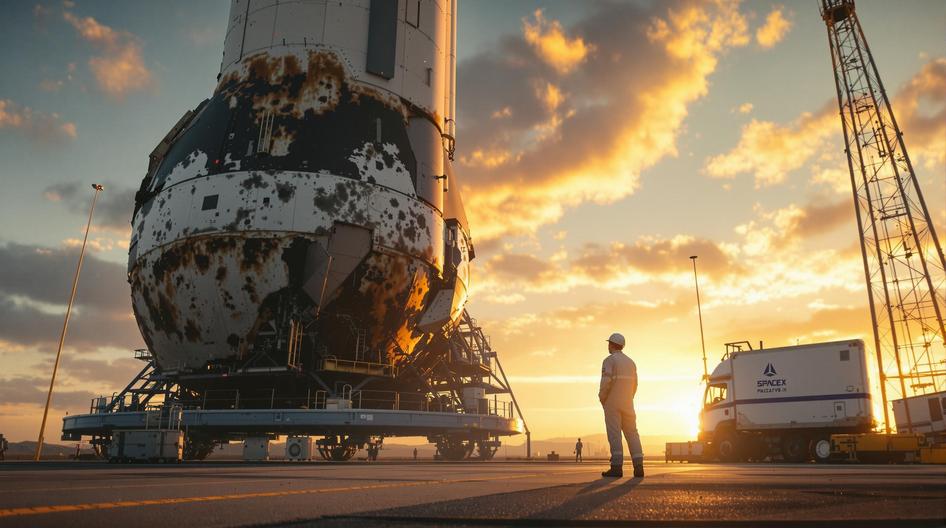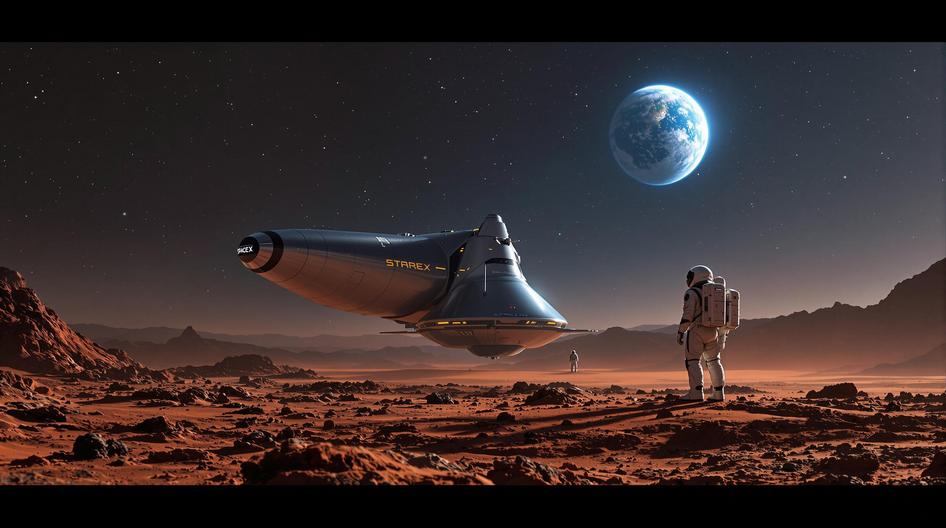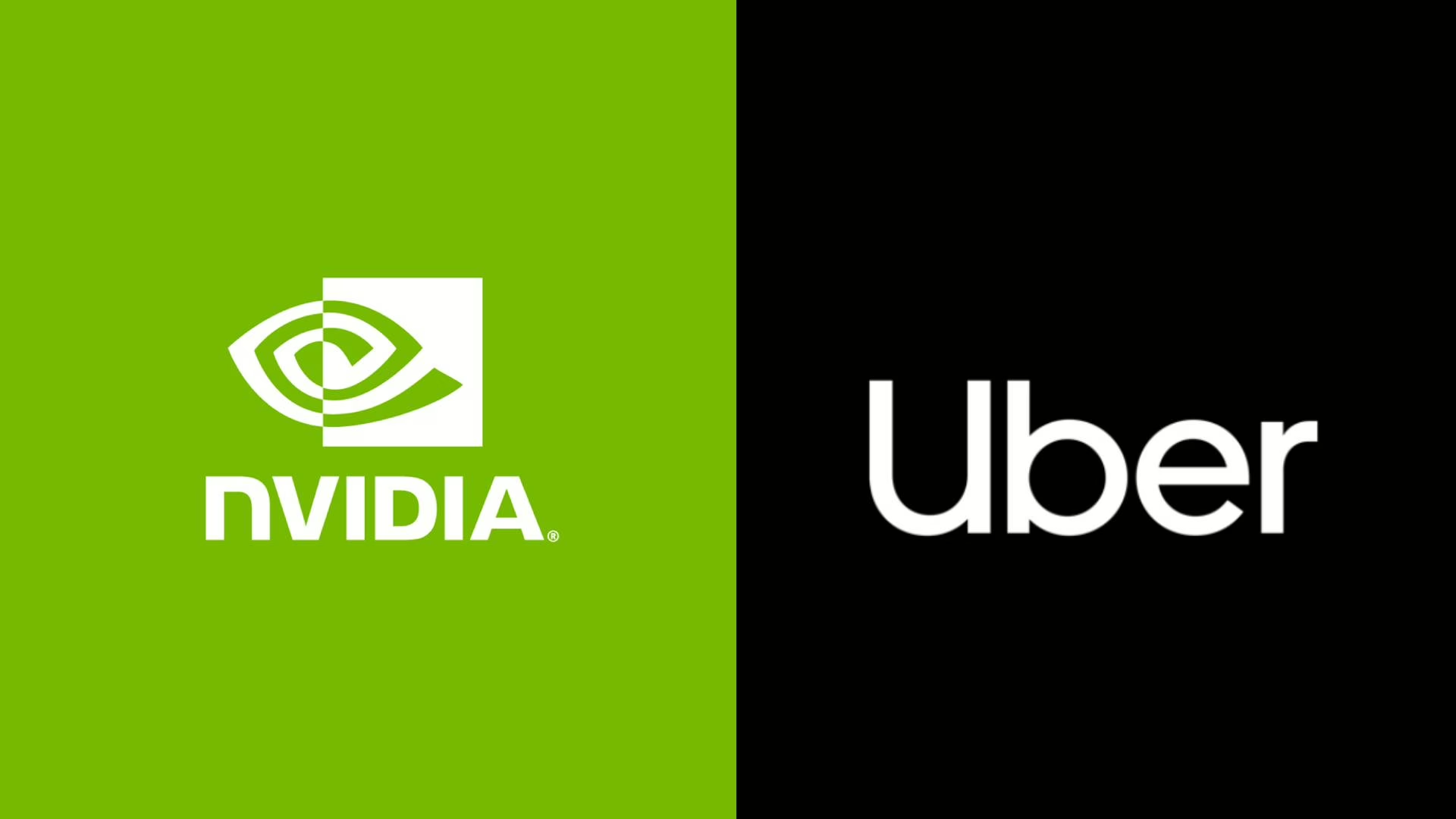
NVIDIA and Uber Team Up to Make Robotaxis a Global Reality
The idea of hailing a car with no one in the driver’s seat has been a sci-fi staple for decades. But what was once fiction is quickly becoming fact. NVIDIA and Uber just announced a major partnership aimed at launching the world’s largest mobility network ready for Level 4 autonomy. This isn’t just a small-scale experiment. The plan is to scale up to a global fleet of 100,000 autonomous vehicles, with the first wave hitting the streets in 2027.
This collaboration is set to redefine urban transportation by creating a unified ride-hailing network where human drivers and autonomous cars operate side by side. At the core of this ambitious project is NVIDIA’s powerful AI infrastructure, designed to provide the brains for this next generation of robotaxis and delivery fleets. Let’s break down what this means for the future of getting from point A to point B.
An Entire Ecosystem for Autonomous Driving
This isn’t just an NVIDIA and Uber story. The announcement signals a much broader industry shift, with some of the biggest names in automotive jumping on board. Automakers like Stellantis, Lucid, and Mercedes-Benz are all collaborating to develop vehicles built on NVIDIA’s platform. These cars will be designed from the ground up to be compatible with L4 autonomy, where the vehicle can handle all driving functions under specific conditions without human intervention.
Stellantis is creating specialized “AV-Ready Platforms” that integrate NVIDIA’s full AI stack, connecting their vehicles directly into Uber’s network. Meanwhile, Lucid is working to bring Level 4 capabilities to its luxury passenger cars, and Mercedes-Benz is exploring how its new S-Class can deliver a high-end chauffeured experience, powered by NVIDIA tech.
The movement extends beyond passenger cars. The partnership is also accelerating the push for autonomous trucking, with companies like Aurora, Volvo Autonomous Solutions, and Waabi developing Level 4 long-haul trucks on the NVIDIA DRIVE platform. It’s a clear sign that the autonomous frontier is expanding across all forms of mobility.
The Brains of the Operation: NVIDIA DRIVE AGX Hyperion 10
So what’s actually powering these vehicles? The heart of the new robotaxi fleets is the NVIDIA DRIVE AGX Hyperion 10 platform. Think of it as the central brain and nervous system for the car. It’s a complete reference architecture that includes both the computing hardware and a full suite of sensors, giving any vehicle the foundation it needs to become a Level 4 machine.
This isn’t just a single chip. The platform features a comprehensive sensor array with 14 high-definition cameras, nine radars, one lidar, and 12 ultrasonic sensors. All this data is processed in real time by two NVIDIA DRIVE AGX Thor superchips. These chips, based on the new Blackwell architecture, deliver an incredible 2,000 teraflops of computing power. That’s more than enough to handle the complex AI and machine learning workloads required for safe self-driving.
By providing a standardized, pre-validated platform, NVIDIA is helping automakers and developers cut down on development time and costs. It’s a modular and customizable system, allowing companies to tailor it to their specific needs while still benefiting from NVIDIA’s deep expertise in automotive safety and engineering.
Generative AI Is Teaching Cars to Think
The real magic happens in the software. NVIDIA is leveraging foundation AI models and generative AI to tackle the most complex driving scenarios. These systems are trained on trillions of miles of both real-world and simulated driving data, allowing them to develop a nuanced understanding of the road.
A key innovation is the use of new reasoning Vision Language Action (VLA) models. These advanced models combine visual data from cameras with natural language processing and decision-making, enabling the vehicle to interpret the world with almost humanlike perception. Have you ever wondered how a self-driving car would handle an unpredictable pedestrian or a chaotic, unstructured intersection? VLAs are the answer. They allow the car to reason about complex situations in real time, making NVIDIA’s autonomous driving approach more adaptable and robust.
To push the industry forward, NVIDIA is also releasing the world’s largest multimodal AV dataset. With 1,700 hours of synchronized camera, radar, and lidar data from 25 countries, this dataset gives developers the tools they need to train and validate their own autonomous driving models.
A New Gold Standard for Safety
Of course, with any discussion of autonomous vehicles, the most important question is: is it safe? NVIDIA is addressing this head-on with the NVIDIA Halos system, a new framework designed to establish rigorous safety and certification standards for physical AI.
Halos creates a set of safety guardrails that extend from the cloud all the way to the car. A central part of this initiative is the Halos AI Systems Inspection Lab, which provides independent evaluations for AI safety and cybersecurity. The lab oversees the new Halos Certified Program, ensuring that any system intended for public deployment meets strict criteria for trusted and reliable operation.
This program is the first of its kind to be accredited by the ANSI Accreditation Board, adding a significant layer of credibility. Leading companies like Bosch, Nuro, and Wayve are already members, signaling a commitment across the industry to make safety the top priority. It’s a critical step for building public trust and ensuring that the AI transformation in mobility is a safe one for everyone.
This partnership is more than just a tech announcement. It’s a blueprint for the future of urban mobility. By combining NVIDIA’s AI prowess with Uber’s massive network, the two companies are creating a scalable path to making robotaxis an everyday reality. The journey toward a fully autonomous future is still long, but this collaboration is a massive leap forward.




